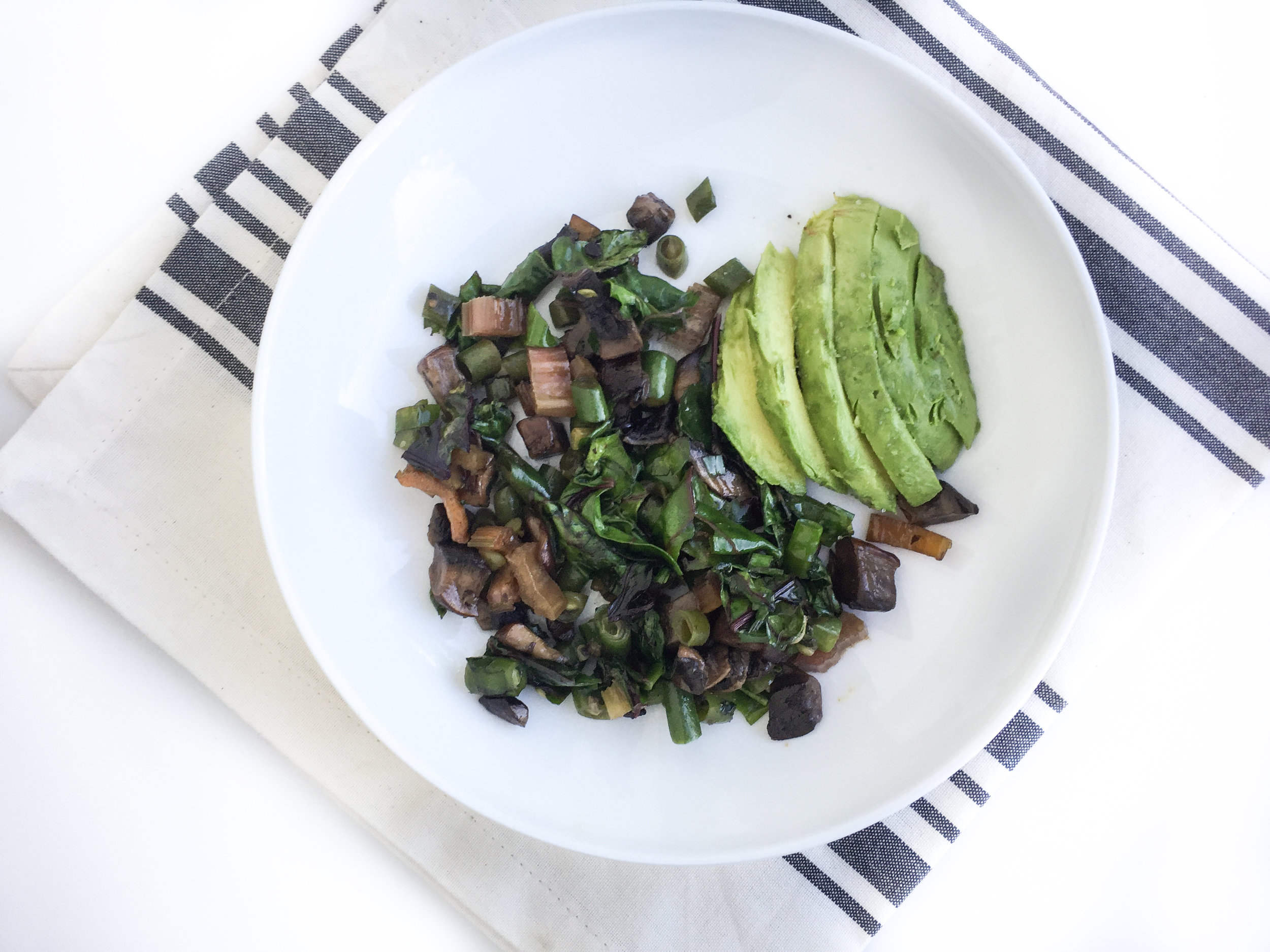Instant Ramen Jars with Miso and Veggies
/I've seen this Instant Ramen Jar idea floating around the internet, so I decided to create my own version based on my favorite way to make ramen at home: with ginger, miso, mushrooms, and spinach. What I love about this technique is that it’s nearly as easy as completely instant noodles, yet the flavor and quality is so much better. Miso is a fermented soybean paste that’s found in the refrigerated section of many grocery stores. It takes the hot water and turns it instantly into a salty, umami broth that’s rich with body.
Any wide mouth 12-16-ounce glass tupperware or mason jar would work, but I like these wide mouth gasket jars.*
Instant Ramen Jar with Miso and Veggies recipe
Makes 4 jars
4 blocks rice ramen noodles (10 ounces; I buy Lotus Foods)
4 teaspoons low sodium Better than Boullion vegetable base
4 teaspoons white miso paste
2 teaspoons Sriracha (or to taste)
2 teaspoons grated ginger
7 ounces (1/2 of a block) firm or extra firm tofu, cut into 1/2-inch cubes
4 large handfuls baby spinach, roughly chopped
1 3.5 ounce container of shiitake mushrooms, stemmed and thinly sliced
4 scallions, thinly sliced
1. Cook your ramen noodles according to the package directions until very al dente, about 2 minutes in just boiled water. You want them to be fully cooked but not already breaking apart since we will be adding more hot water when we serve them. Drain and rinse in cold water and shake off any extra water.
2. Assemble your jars in any roughly 16-ounce container. Put 1 teaspoon bouillon base, 1 teaspoon miso paste, 1/2 teaspoon Sriracha, and 1/2 teaspoon grated ginger on the bottom of each jar. Then split the cooked noodles, cubed tofu, baby spinach, sliced mushrooms and scallions equally among the 4 jars. Seal and store in the fridge for up to 3 days.
To serve: Add boiling water (from a kettle or your office water cooler hot water tap--the hotter the better) to cover all the ingredients. At this point, I swirl my spoon at the bottom of the jar to break up the flavoring pastes and incorporate them. Then reseal the jar and let it sit for 2 minutes. Uncover and eat straight out of the jar or pour into a bowl if you prefer.
*affiliate link























